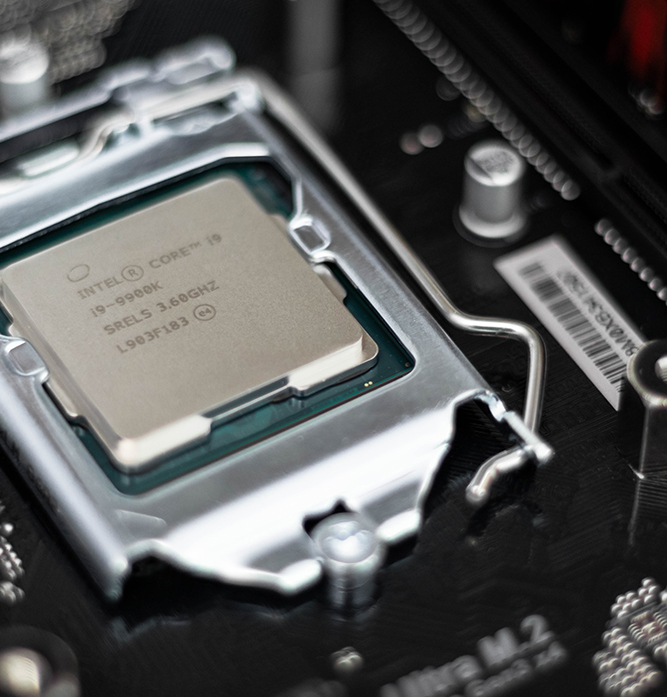By Kent Yang | Observer Staff Writer

Have you ever purchased a brand-new smartphone, laptop, or desktop and thought, “Wow! It’s so fast!” The main reason for this, in conjunction with other components such as memory, graphics card, and solid-state storage, for day-to-day applications, would be because of the processor.
What is a Central Processing Unit or CPU? Think of it like the brain of the human body but instead of being for a body, it’s for a computer. The CPU is a small but powerful component that processes and performs calculations from the instructions it receives. CPUs are sometimes referred to as “chips,” and this is due to it being a main type of logic chip.
The main purpose of a CPU is to fetch, decode, execute, and write back. In a simplified overview, the process begins when the user inputs a command such as clicking on or in a program or typing something on the keyboard. This generates a set of instructions or codes. The codes then go to the memory where the CPU will fetch the data and decode and execute it. It’ll then generate the end result in the write back, and this is what the user will see on their display.
Why are CPUs so important? Nearly every electronic device has some sort of processor in them. They come in many forms and are used for things like gaming, photo and video editing, machine learning, smart thermostats that regulate the temperature of household appliances like refrigerators, inside handheld calculators, and more. In 1965, Gordon Moore, Intel’s co-founder and chairman emeritus, stated that the number of transistors—fundamental electronic components acting as switches or amplifiers in circuits—on a chip would double every two years. Through careful observations over the next decade, he was proven correct. This phenomenon became known as Moore’s Law. Fast forward to 2022, where some dare to say that technological slowdowns have rendered Moore’s Law dead. However, Intel’s current CEO, Pat Gelsinger, assures that Moore’s Law is “alive and well.”
Some well-known and major tech companies, such as Amazon, Apple, AMD, Google, NVIDIA, and Qualcomm, utilize processor manufacturers like Taiwan Semiconductor Manufacturing Company (TSMC), the world’s largest contract chipmaker. Examples of their products include Amazon’s Graviton4 w/ ArmV9 (TSMC 3NM), Apple’s M3 series (TSMC 3NM), AMD’s Epyc and Ryzen 7000 series (TSMC 5NM), Google’s upcoming Tensor G5 chips, NVIDIA’s upcoming H100 and A100 AI processors, and Qualcomm’s Snapdragon 8+ Gen 1.
Comments are closed.